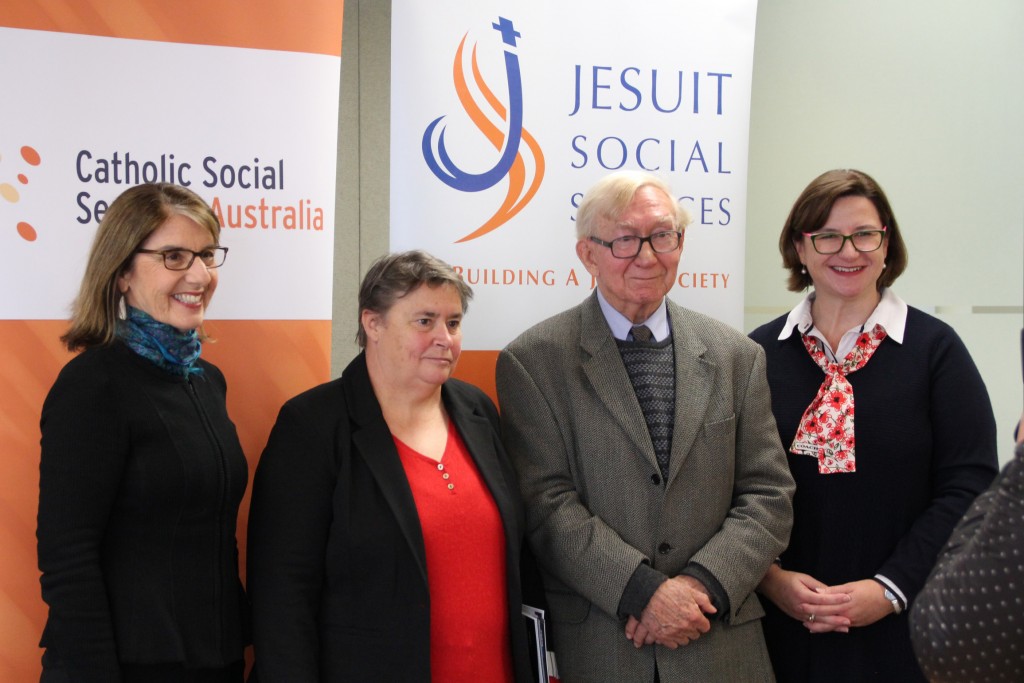
A small number of communities across Australia have disproportionately high levels of unemployment, low family income and education, housing stress, domestic violence and prison admissions, severely limiting life opportunities and placing significant social and economic costs on the broader community, according to a landmark national report released this week.
Dropping off the Edge 2015, produced by Jesuit Social Services and Catholic Social Services Australia, maps disadvantage across the country based on 22 social indicators, including long-term unemployment, criminal convictions and domestic violence.
The report is authored by Professor Tony Vinson and Associate Professor Margot Rawsthorne from the University of Sydney. Professor Vinson authored locational-based studies in 1999 and 2004 as well as the ground-breaking 2007 report Dropping off the Edge, which received over 284 scholarly citations and supported the establishment of the Australian Social Inclusion Board.
Jesuit Social Services CEO, Julie Edwards, says the report shows disadvantage is entrenched in a small number of communities across Australia, most of which have remained similarly disadvantaged for more than a decade.
“The ranking of 10 of the 12 most disadvantaged communities in Victoria has not improved since the 2007 report; likewise, nine of the 12 most disadvantaged communities in New South Wales and eight of the 12 most disadvantaged communities in South Australia.
“While our social support structures work for many Australians, this report released today shows clearly that there are a small but significant number of communities that we have failed and that a new structure and a new approach is needed,” says Ms Edwards.
Catholic Social Services CEO, Marcelle Mogg, says current policies are not working for these communities.
“People can’t overcome structural disadvantage when all the odds are stacked against them. These communities are not failing – Australia is failing these communities. Dropping off the Edge 2015 outlines that residents in these communities aren’t just dealing with one form of disadvantage but multiple, complex barriers to individual wellbeing and community participation.
“What we need now is for government, the business and community sectors and the communities themselves, to develop and implement tailor-made, long-term and sustainable solutions to build better futures.”
Dropping off the Edge 2015 was compiled using data from the Australian Bureau of Statistics, NAPLAN, the Australian Early Development Index and state and territory government human services agencies.
The report calls for a new approach targeted at reducing the most severe, deep-seated disadvantage, taking into account the unique characteristics and circumstances of each community.
Dropping off the Edge 2015 is supported by an interactive website at www.dote.org.au, allowing users to view colour-coded maps of five states and search for a particular location to see where it ranks on a range of indicators.